Brooklyn Pols Push Feds for Fewer Lanes as City Finalizes BQE Cantilever Redesign
As the city gears up for its big overhaul of the Brooklyn-Queens Expressway, local politicians are urging the federal Department of Transportation to keep the roadway at two lanes in each direction, rather than widening it back to six full traffic lanes.

As the city prepares to apply for federal funding to overhaul the Brooklyn-Queens Expressway, local officials are urging the feds to support maintaining just two lanes of vehicle traffic on the highway. Photo by Susan De Vries
As the city gears up for its big overhaul of the Brooklyn-Queens Expressway, local politicians are urging the federal Department of Transportation to keep the roadway at two lanes in each direction, rather than widening it back to six full traffic lanes.
The Adams administration is working to finalize its proposal to redesign the decrepit triple cantilever portion of the BQE in Brooklyn Heights, and plans to request funding for the project from the Bipartisan Infrastructure Deal through the U.S. DOT.
But federal funding comes with rules — including guidelines for highway width. In its initial proposals, the city suggested adding a third lane to use as a bus or carpool lane or a shoulder, rather than a full-service traffic lane. In a January 2023 update, the city’s transportation department clarified it will “pursue the fewest number of lanes in conformance with any applicable federal and state requirements.”
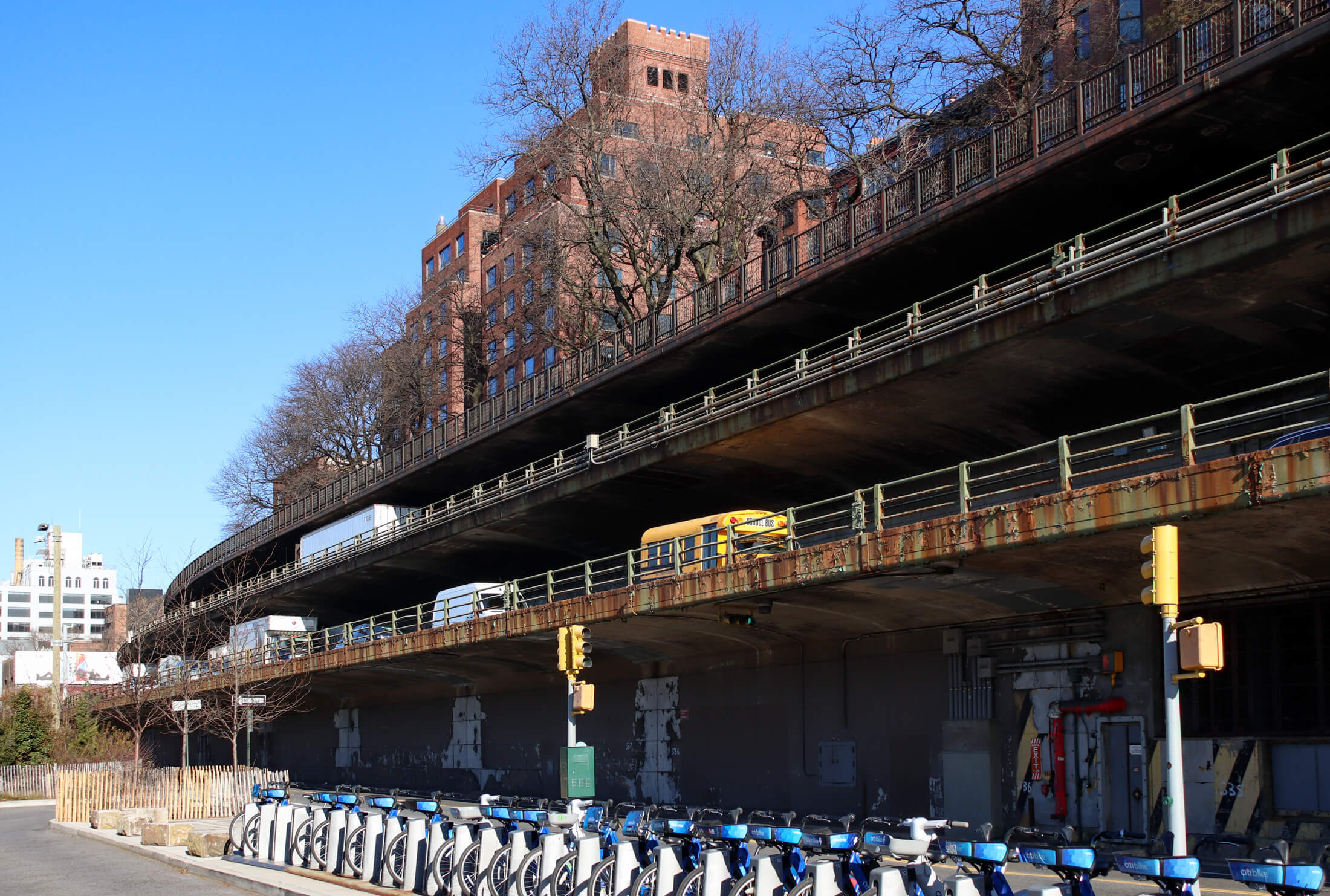
The city is hosting a final round of “refinement” workshops in February and March, with plans to apply for federal grant funding this spring. With those goals fast approaching, 13 politicians representing Brooklyn — including U.S. Congress members Nydia Velázquez and Dan Goldman, New York State Senate and Assembly members, and New York City Council Members — penned a letter to Secretary of Transportation Pete Buttigieg underlining the importance of a slimmed-down BQE.
“We are writing to urge the U.S. DOT to support maintaining the highway at two lanes of car and truck traffic in each direction,” the missive reads. “Widening highways in public-transit rich New York City is in direct conflict with our shared public health, safety, and climate goals.”
The U.S. DOT won’t be making any design choices itself, but could choose not to approve and fund the project if it feels strongly about widening the roadway.
The triple cantilever section was cut down from six lanes to four in summer 2021, in a bid to extend the crumbling roadway’s lifespan. Then-DOT commissioner Hank Gutman said at the time that the move would reduce strain on the structure, which experts warned would become unsafe by 2025.
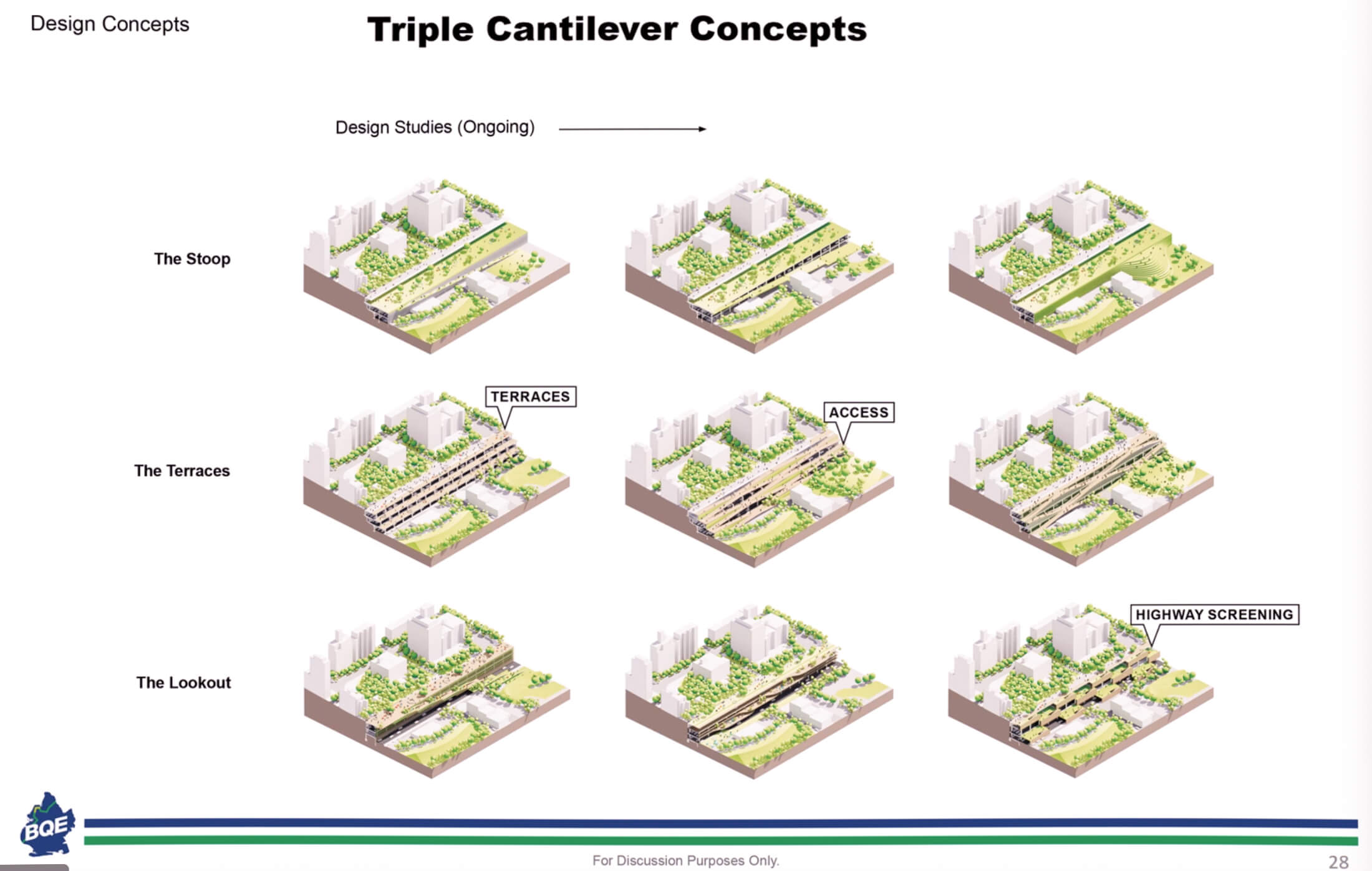
An expert panel assembled to study the BQE had recommended reducing the number of lanes in a January 2020 report — and the body suggested that only four lanes should remain even after the roadway is reconstructed.
Increasing vehicle capacity by widening highways doesn’t alleviate traffic, the report says, but generates more. The panel specifically warned that the federal DOT might demand widening the highway, and insisted that the city DOT “remain firm” in their position.
If the triple cantilever were widened, at least 6 million vehicles would pass through each year, the pols wrote.
“The communities along the BQE corridor already have higher rates of asthma and pulmonary-related disorders from significant vehicular pollution emanating only feet away from their homes, schools, and places of work,” the letter says.
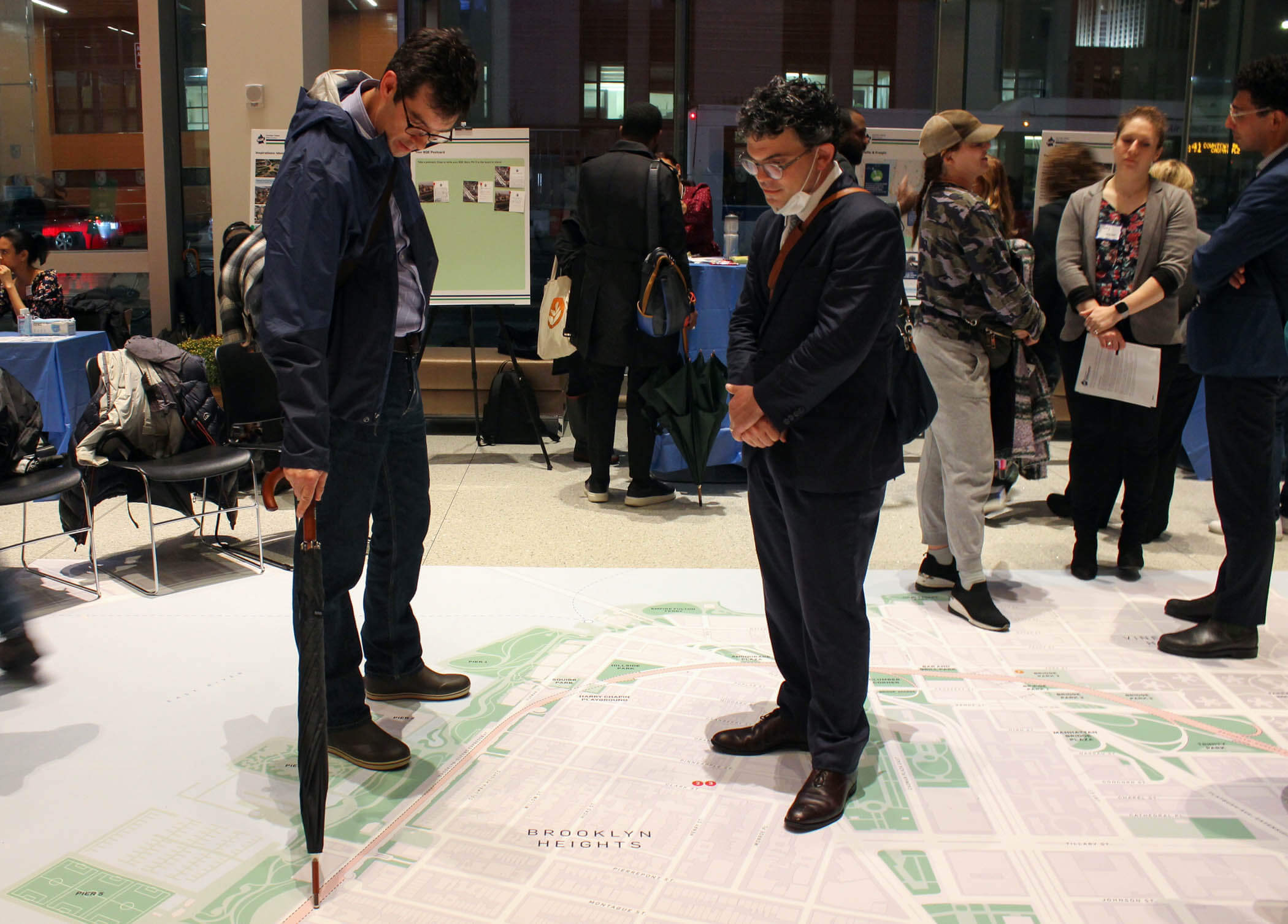
New “split tolling” on the Verrazano Bridge has already reduced the number of vehicles using the BQE, the reps said, and congestion pricing will further cut demand when it’s implemented.
As for the BQE’s importance as a regional trucking route, the letter asks that the feds “rethink” freight systems and invest in the “original blue highway” interstate routes.
“We hope the federal government will be a true and active partner with New York City and New York State to collaboratively invest in marine and rail freight infrastructure to reduce our dependence on long-haul trucking,” the pols wrote.
The Brooklyn reps further said that keeping the BQE down to four lanes is in line with Biden’s goals of reducing carbon emissions and uniting the communities divided by the highway. The Bipartisan Infrastructure Law created a specific program “dedicated to reconnecting communities that were previously cut off from economic opportunities by transportation infrastructure.”
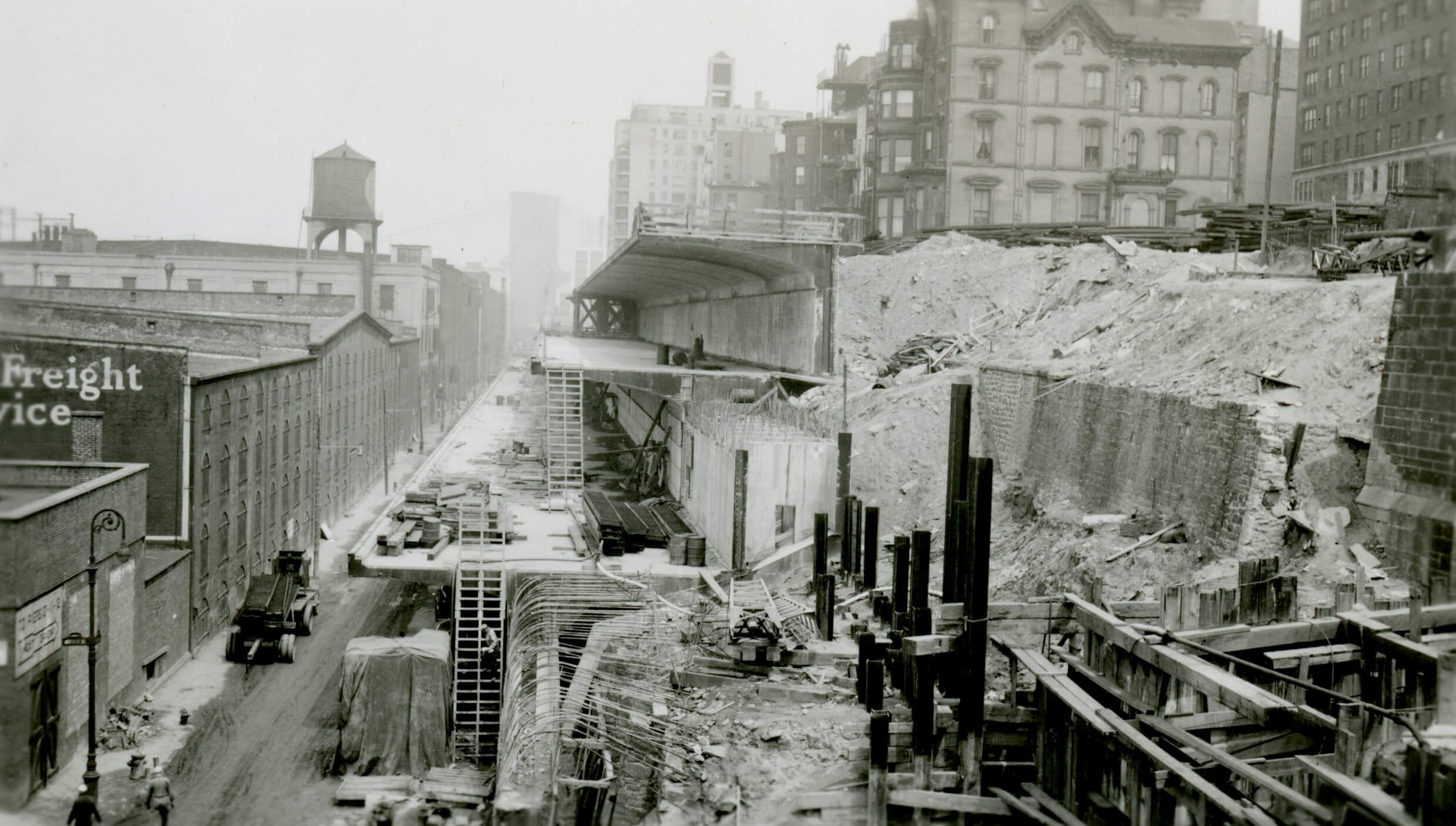
Robert Moses built the aging roadway right through dozens of neighborhoods, tearing down homes and other infrastructure as he went, and the massive highway’s trenches and elevated stretches have served as dividing lines since then.
The city hopes to finalize a plan and begin the procurement process in 2024, with large-scale construction on the cantilever starting by 2027. Smaller-scale improvements will be made in the meantime, to keep the highway safe and stable.
“We hope you will partner with us to create bold, environmentally just, and sustainable solutions throughout the full length of the BQE corridor in Brooklyn,” the local reps wrote. “Should you wish to tour the BQE or discuss this matter further, we would welcome the opportunity to do so.”
Editor’s note: A version of this story originally ran in Brooklyn Paper. Click here to see the original story.
Related Stories
- Brooklyn Pols Want Total Rethink of ‘Health Hazard’ BQE, Pan Lack of State Action
- Locals Reject Bigger Highway in Three Green Space-Wrapped Designs to Replace Crumbling BQE
- BQE to Close for Three Weekends, Around 20 Nights While Repairs Are Made on Cantilever
Email tips@brownstoner.com with further comments, questions or tips. Follow Brownstoner on Twitter and Instagram, and like us on Facebook.

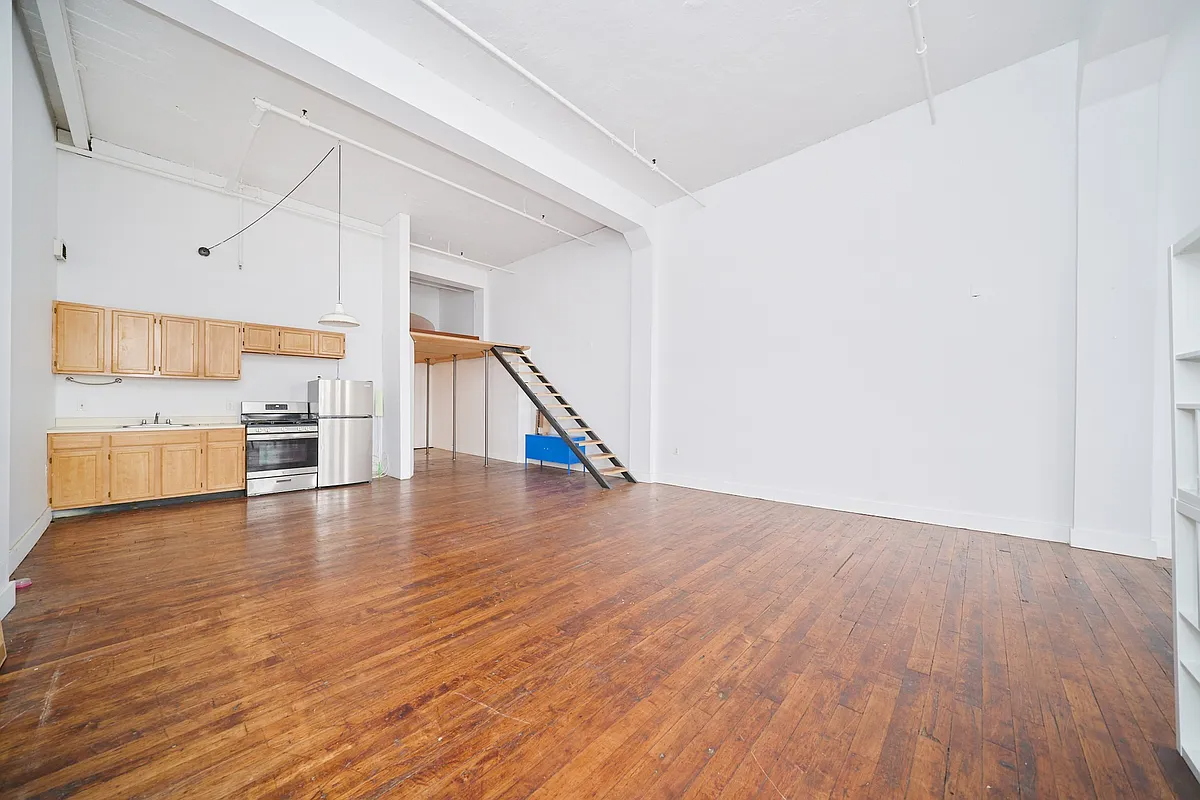

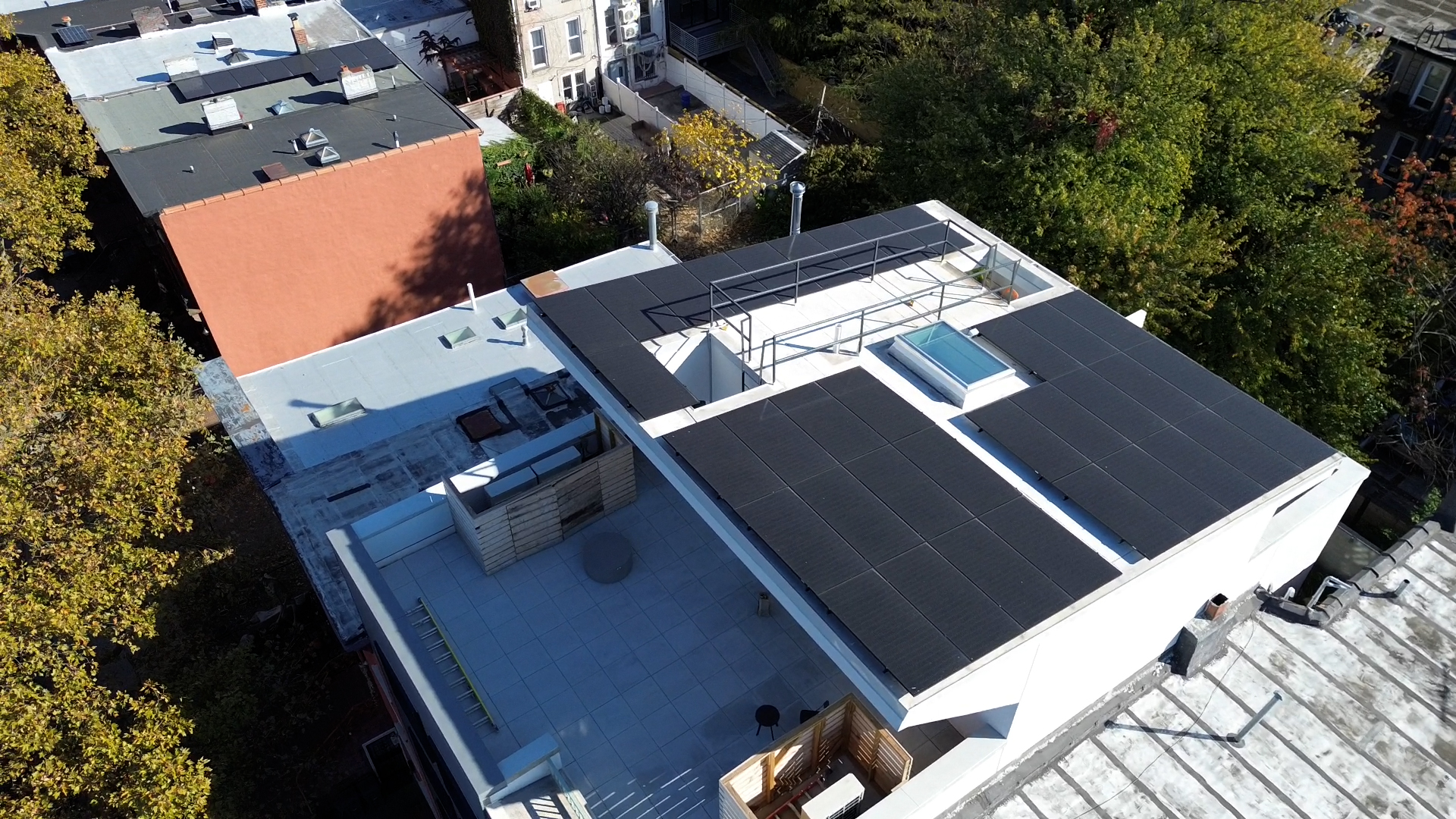
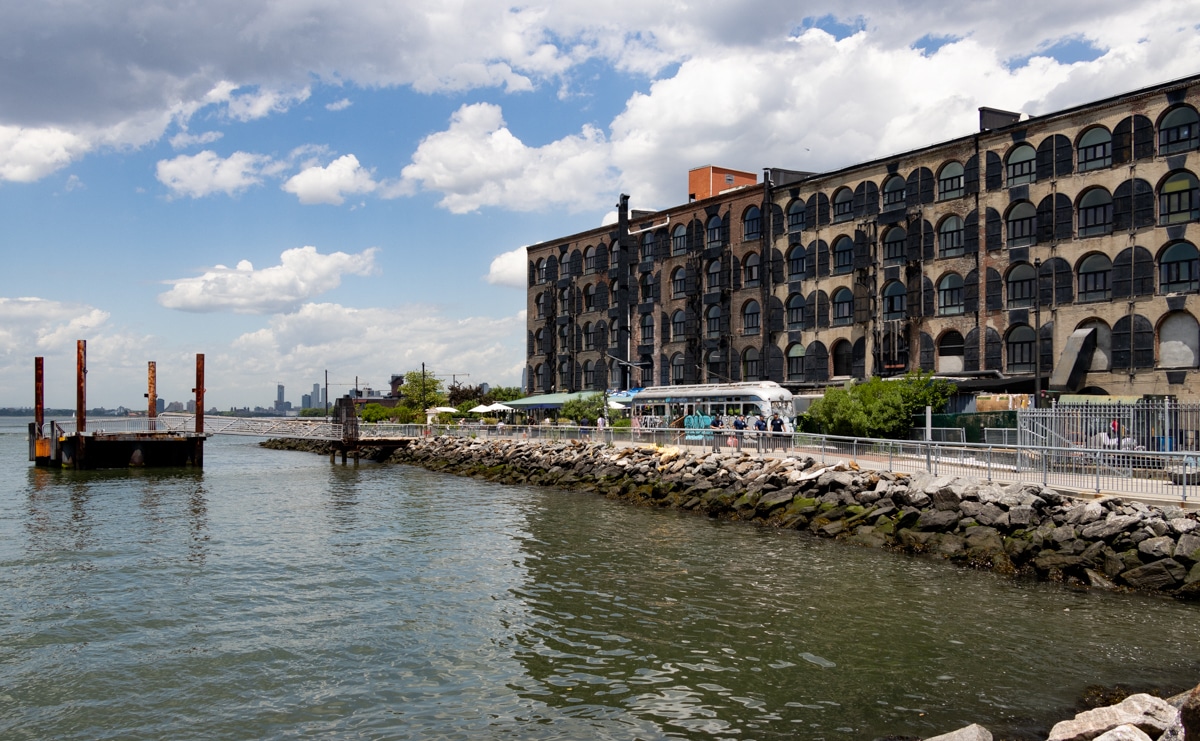
What's Your Take? Leave a Comment